The International Maritime Organization (IMO) is the United Nations’ specialized agency responsible for regulating shipping. Since its establishment in 1948, the IMO has adopted numerous conventions that aim to improve the safety, security, and environmental sustainability of the global maritime industry. These conventions serve as international treaties, guiding regulations for countries and maritime operators worldwide. This article will provide a detailed list of key IMO conventions, explaining their purpose, significance, and impact on the shipping industry.
1. SOLAS (International Convention for the Safety of Life at Sea)
Adopted: 1974
Entered into force: 1980
Overview:
The SOLAS Convention is the most important of all international maritime treaties, focusing on the safety of ships, crew, and passengers. The convention outlines minimum safety standards for construction, equipment, and operational procedures on ships.
Key Provisions:
Lifeboats, life rafts, and life-saving appliances
Fire safety and firefighting equipment
Navigation and communication equipment requirements
Safety management systems for emergencies
Impact:
SOLAS was first adopted after the Titanic disaster in 1914. Today, it is regularly updated to reflect advancements in ship safety technology and practices.
2. MARPOL (International Convention for the Prevention of Pollution from Ships)
Adopted: 1973 (modified by Protocols in 1978 and 1997)
Entered into force: 1983
Overview:
MARPOL focuses on minimizing pollution from ships, covering oil spills, harmful cargo discharges, sewage, garbage, and air pollution. It has six annexes that address different types of marine pollution.
Key Annexes:
Annex I: Oil pollution
Annex II: Noxious liquid substances
Annex III: Harmful substances in packaged form
Annex IV: Sewage
Annex V: Garbage
Annex VI: Air pollution, including sulfur and nitrogen oxide emissions
Impact:
MARPOL has been instrumental in reducing ship-source pollution and protecting marine ecosystems. It introduced measures such as oil discharge monitoring systems and emission reduction technologies.
Read this: Cargo Insurance
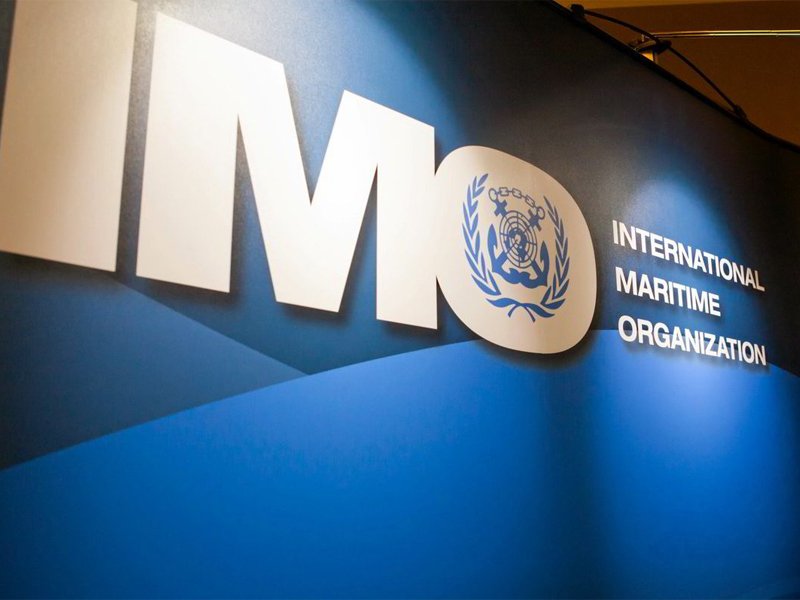
3. COLREG (Convention on the International Regulations for Preventing Collisions at Sea)
Adopted: 1972
Entered into force: 1977
Overview:
COLREG establishes navigational rules for preventing collisions at sea. It sets guidelines for lights, signals, and conduct during vessel encounters.
Key Provisions:
Steering and sailing rules
Light and sound signaling
Right-of-way rules for different types of vessels
Behavior in restricted visibility conditions
Impact:
COLREG ensures the safety of navigation in busy maritime routes by standardizing the behavior of vessels.
4. STCW (International Convention on Standards of Training, Certification, and Watchkeeping for Seafarers)
Adopted: 1978
Entered into force: 1984 (amended in 1995 and 2010)
Overview:
The STCW Convention sets international standards for the training, certification, and watchkeeping of seafarers to ensure their competence and safety.
Key Provisions:
Mandatory training requirements for ship officers
Certification standards for various shipboard roles
Rest and work-hour regulations
Medical fitness requirements
Impact:
STCW has improved the professionalism and competence of seafarers globally, reducing human errors that can lead to accidents.
Read more: Best Freight Forwarder Company in Iran
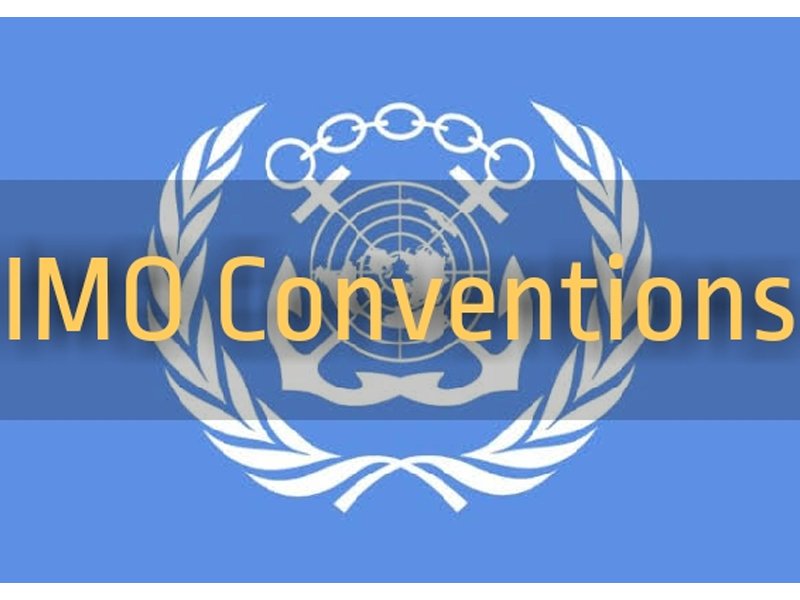
5. FAL (Convention on Facilitation of International Maritime Traffic)
Adopted: 1965
Entered into force: 1967
Overview:
The FAL Convention aims to simplify and standardize the documentation required for ships to enter and leave ports, reducing administrative burdens and delays.
Key Provisions:
Standardized forms for customs, immigration, and health declarations
Digital documentation and e-clearance systems
Harmonization of reporting procedures
Impact:
The convention promotes the smooth movement of international trade and supports the development of “smart ports.”
6. SAR (International Convention on Maritime Search and Rescue)
Adopted: 1979
Entered into force: 1985
Overview:
The SAR Convention establishes an international framework for search and rescue operations at sea. It defines the responsibilities of coastal states and provides guidelines for cooperation in rescue efforts.
Key Provisions:
SAR regions and responsibilities
Communication and coordination procedures
Emergency assistance for distressed ships and persons
Impact:
SAR has strengthened global coordination in maritime emergencies, saving countless lives at sea.
7. BWM (International Convention for the Control and Management of Ships' Ballast Water and Sediments)
Adopted: 2004
Entered into force: 2017
Overview:
The BWM Convention addresses the transfer of invasive species through ships’ ballast water. It requires ships to manage ballast water to minimize environmental damage.
Key Provisions:
Ballast water management plans
Ballast water treatment systems
Monitoring and reporting requirements
Impact:
The convention has helped protect marine ecosystems from invasive species that disrupt biodiversity and fisheries.
8. AFS (International Convention on the Control of Harmful Anti-Fouling Systems on Ships)
Adopted: 2001
Entered into force: 2008
Overview:
The AFS Convention bans the use of harmful anti-fouling paints and coatings on ships, which can release toxic substances into the ocean.
Key Provisions:
Prohibition of certain biocidal substances
Inspection and certification requirements
Approval of environmentally safe alternatives
Impact:
The convention has reduced the environmental hazards posed by toxic anti-fouling systems and encouraged the development of eco-friendly alternatives.
9. HNS (International Convention on Liability and Compensation for Damage in Connection with the Carriage of Hazardous and Noxious Substances by Sea)
Adopted: 1996
Entered into force: Pending
Overview:
The HNS Convention provides a compensation framework for damages caused by the maritime transport of hazardous substances, including chemicals, oils, and liquefied gases.
Key Provisions:
Liability limits for shipowners
Compensation claims for pollution and injuries
Insurance requirements for hazardous cargo transport
Impact:
Though not yet in force, the HNS Convention is expected to enhance maritime safety and environmental protection once widely adopted.
10. Nairobi WRC (Nairobi International Convention on the Removal of Wrecks)
Adopted: 2007
Entered into force: 2015
Overview:
The Nairobi WRC addresses the removal of wrecked ships that pose navigation hazards or environmental risks in territorial waters and exclusive economic zones.
Key Provisions:
Shipowner liability for wreck removal
Financial security and insurance requirements
Reporting and marking of wreck locations
Impact:
This convention has improved maritime safety and reduced environmental risks from abandoned wrecks.
Conclusion
IMO conventions are critical for ensuring maritime safety, environmental protection, and the smooth facilitation of global trade. These international treaties set the foundation for a safer, more efficient, and sustainable maritime industry. As the shipping industry continues to evolve, IMO conventions will remain essential in shaping its future.
FAQs
IMO (International Maritime Organization) conventions are international agreements designed to promote safety at sea, protect the marine environment, and ensure secure and efficient shipping. They establish global standards for ship construction, navigation, pollution control, and crew safety.
Some of the key IMO conventions include:
SOLAS (Safety of Life at Sea): Ensures the safety of ships and passengers.
MARPOL (Marine Pollution): Prevents marine pollution from ships.
STCW (Standards of Training, Certification, and Watchkeeping): Sets training and certification standards for seafarers.
COLREG (Collision Regulations): Establishes rules to prevent ship collisions.
IMO conventions are enforced through national governments that are signatories to the agreements. They are responsible for implementing the regulations in their domestic laws and conducting inspections and certifications to ensure compliance. Port State Control inspections are also conducted to monitor compliance with these conventions.
IMO conventions are periodically reviewed and updated through amendments to address new challenges, technological advancements, and environmental concerns. These amendments are adopted through the IMO’s committees and require ratification by member states before they come into force.

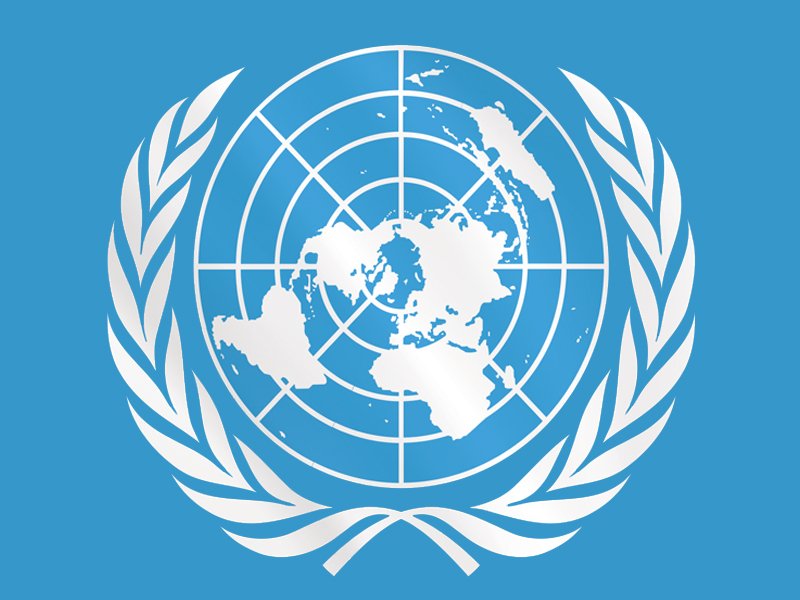

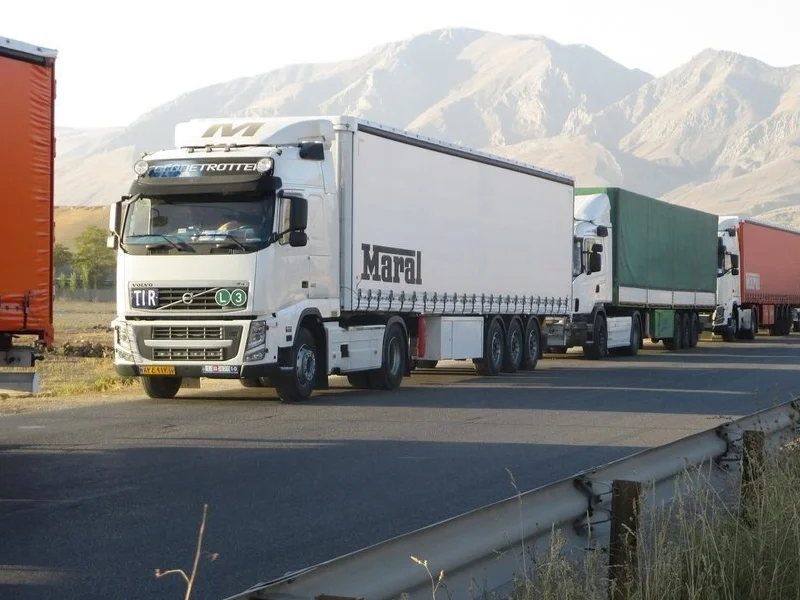
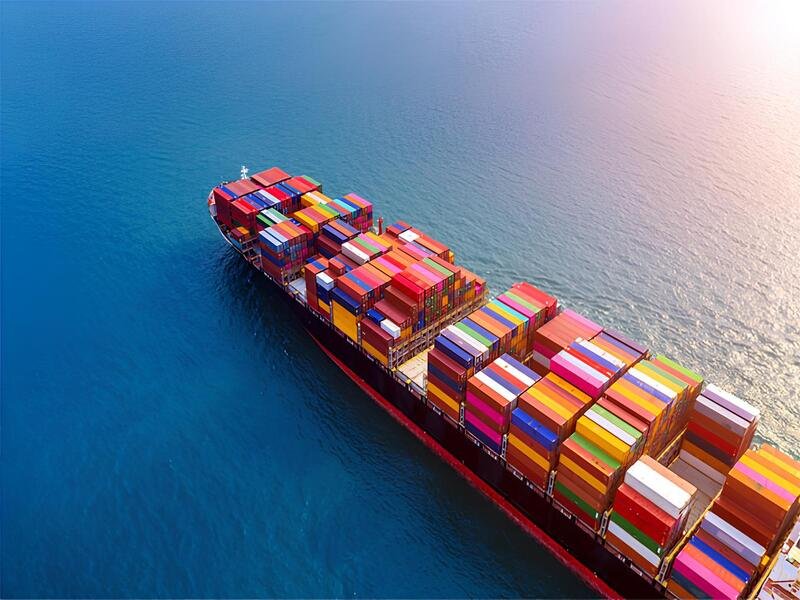
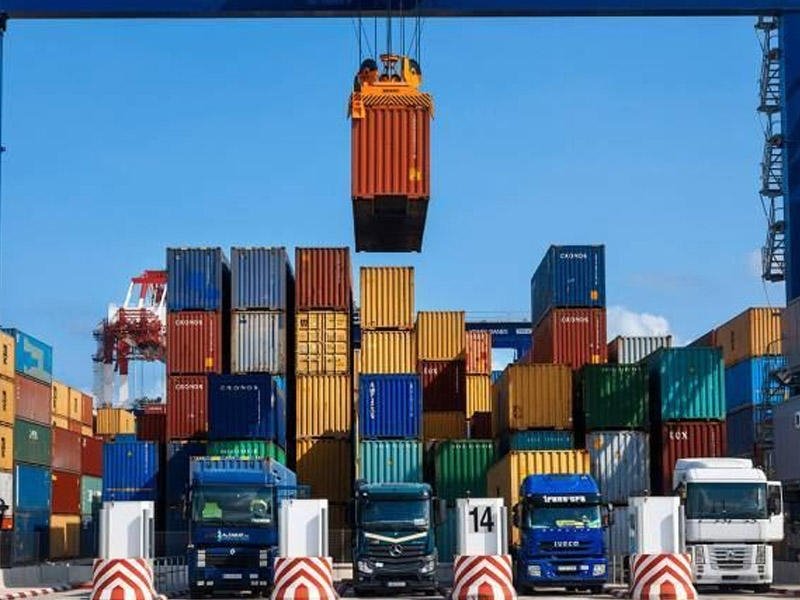
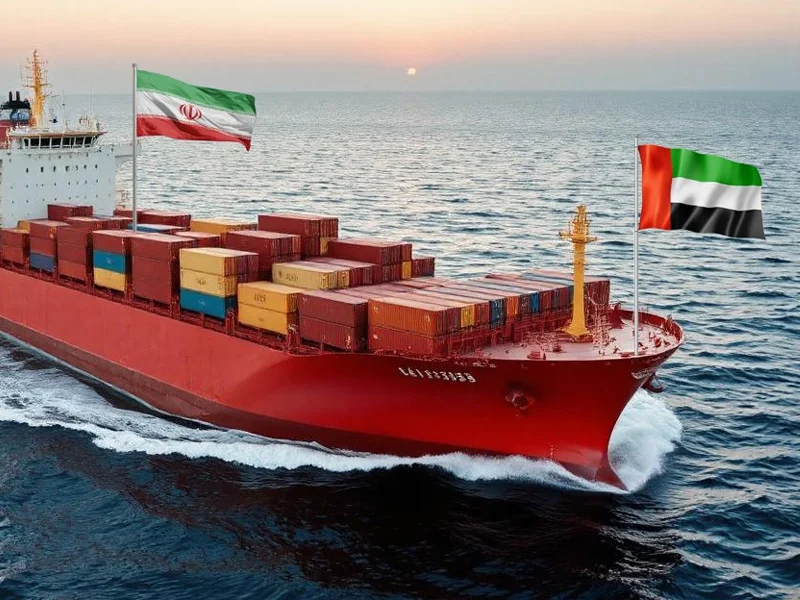
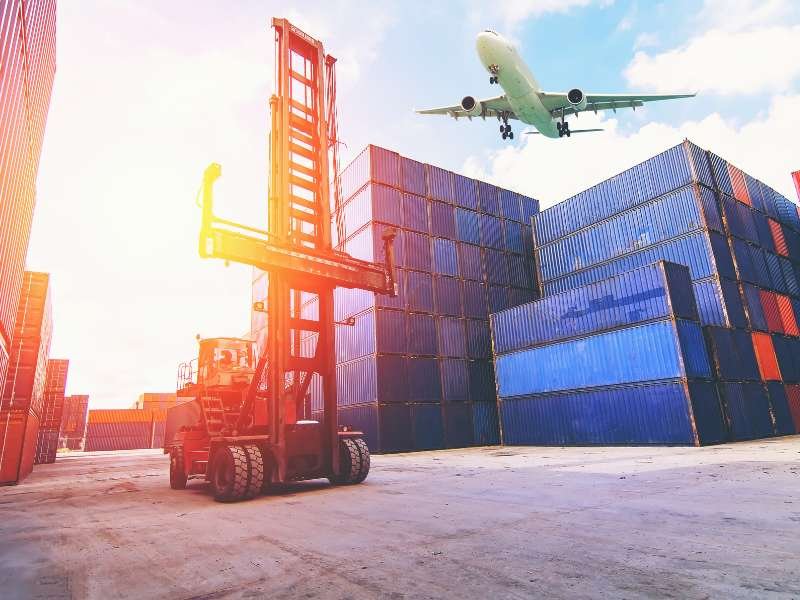


Recent Comments